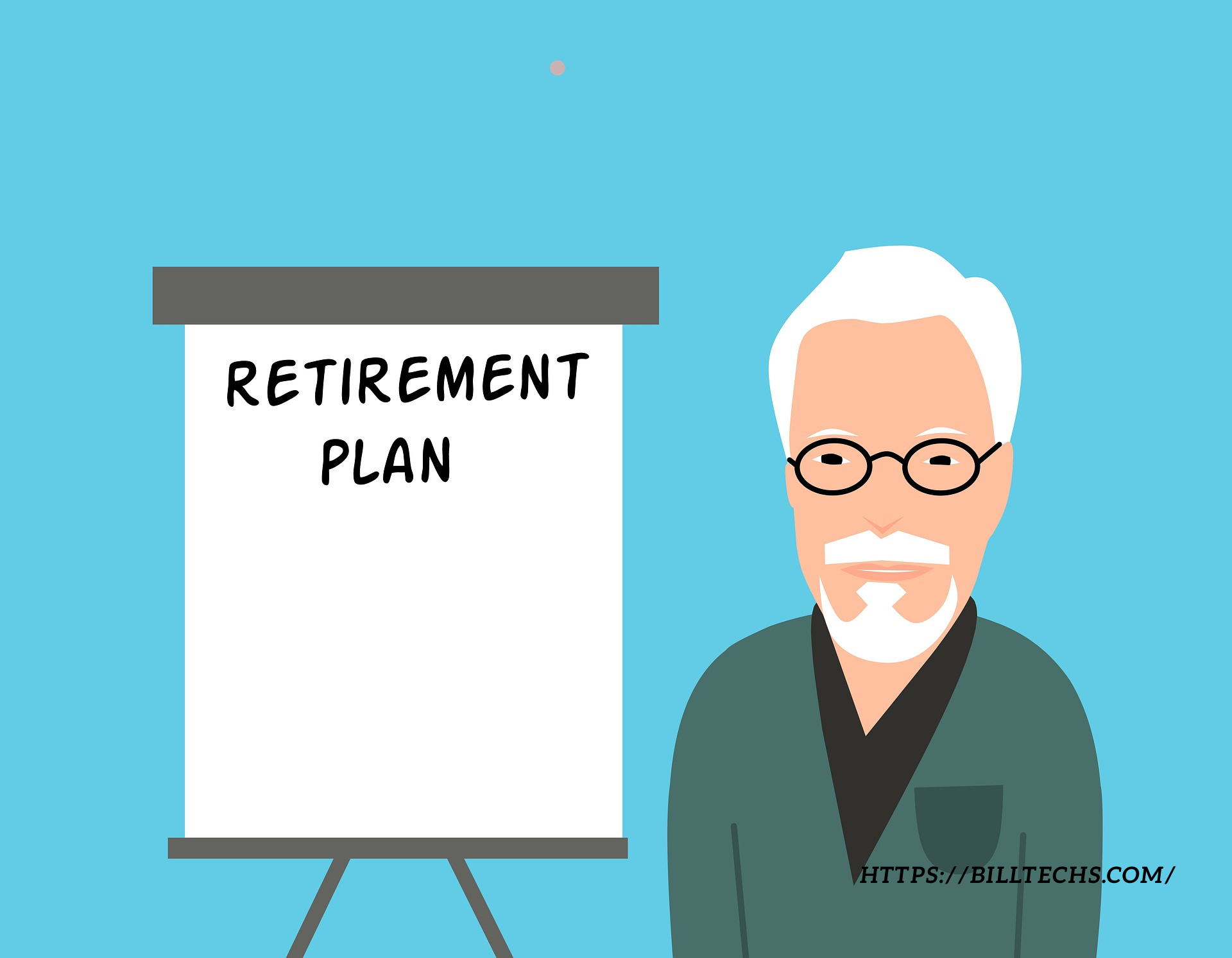Why is Retirement Planning Important?
When you’re working your paycheck provides you with the money you need to pay for your daily living expenses. However after retirement you no longer have a regular income unless you’ve planned ahead.
The cost of living can also increase over time due to inflation so relying solely on savings or Social Security may not be enough to sustain your lifestyle. Planning allows you to account for potential medical costs unexpected expenses and other factors that could affect your finances in retirement.
Step 1: Start Early
Even small contributions to your retirement fund in your 20s can accumulate into a substantial amount by the time you retire.
For example: if you start saving $200 a month at age 25 and continue to contribute until you retire at 65 you will have built up a significant nest egg even with conservative returns. The longer you wait, the harder it becomes to make up for lost time.
Step 2: Determine Your Retirement Goals
Lifestyle:
What kind of lifestyle do you envision in retirement?
Once you’ve identified your goals it’s time to develop a savings plan. Begin by setting a target amount of money you want to save each month. Ideally you should aim to save at least 15% of your income for retirement.
To make saving easier automate your contributions by setting up automatic transfers to your retirement accounts. This removes the temptation to spend the money before saving it.
Step 3: Choose the Right Retirement Accounts
There are several retirement accounts you can take advantage of each offering different tax benefits. Here are some common options. A 401(k) is an employer-sponsored retirement plan that allows you to contribute pre-tax dollars. Many employers will match your contributions up to a certain percentage which is essentially free money.
Health Savings Account (HSA):
While primarily used to save for healthcare costs an HSA can be a powerful tool for retirement planning as it offers triple tax benefits.
Be sure to take full advantage of employer matches if your workplace offers a 401(k) plan and consider diversifying your investments by contributing to both a 401(k) and an IRA to maximize your savings.
Step 4: Invest Wisely
Investing is a crucial part of retirement planning. If you simply save money in a bank account it may not grow fast enough to meet your retirement goals. Instead consider investing in stocks bonds or mutual funds. Stocks though riskier offer higher long-term returns. Bonds are more stable but offer lower returns.
The closer you get to retirement the more you may want to reduce your risk by shifting your investments into more stable assets. However you should maintain a portion of your portfolio in growth assets like stocks to continue growing your retirement savings.
Step 5: Monitor Your Progress
Retirement planning is not a one-time task. You must regularly review your progress to ensure you’re on track to meet your goals. Check your investments periodically and make adjustments as needed based on changes in the market or your personal circumstances.
Additionally as you get closer to retirement you’ll need to adjust your strategy to ensure you have enough funds for your needs. It’s also a good idea to check your retirement account balances annually and make sure you’re meeting your target savings amount.
Step 6: Consider Other Sources of Income
Aside from your retirement accounts you may also want to explore other income streams. These can include rental income part-time work during retirement or even annuities.
Step 7: Plan for Healthcare Costs
Healthcare costs are a significant concern for retirees. As you age the likelihood of needing medical care increases. Medicare can cover some costs but it may not cover everything. Consider setting aside additional funds in a Health Savings Account (HSA) or exploring long-term care insurance options to cover expenses not included in Medicare.
Step 8: Plan for Taxes
Taxes don’t disappear in retirement. While you won’t pay payroll taxes on income you may still pay taxes on your retirement withdrawals depending on the type of account you use. For example withdrawals from a Traditional IRA or 401(k) are subject to income tax.
Conclusion
Retirement planning may seem daunting but it doesn’t have to be. By starting early setting clear goals saving consistently and investing wisely you can build a retirement plan that supports your lifestyle and ensures financial security in your later years. Taking small steps today can have a big impact on your retirement tomorrow.
